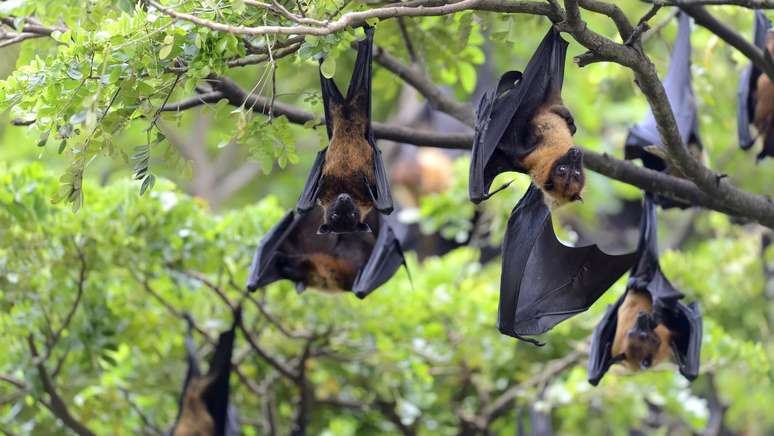In Brazil, the Previr network analyzes 7,500 blood samples from bats and wild birds for unknown viruses and pathogens with pandemic potential
To anticipate the emergence of new diseases, avian flu strains and until future pandemics, Brazilian scientists are proactively investigating infectious agents living in wild animals, such as bats and birds. In February, 7,500 blood samples had been collected which are now being analyzed in the laboratory.
- Fiocruz reveals the risk of the next pandemic emerging in Brazil
- Covid-19 may be spread by sewer rats, study suggests
The initiative that seeks to prevent the emergence of a new disease with pandemic potential in Brazil is led by the Ministry of Science, Technology and Innovation (MCTI), through the Previr network. In total, 16 Brazilian research institutes and universities contribute to the control, monitoring and prevention strategy of unknown pathogens.
Why is it important to monitor viruses and bacteria in wild animals?
To debunk the problem, more than 70% of emerging diseases – viruses that have caused epidemics and pandemics, such as Spanish flu — they came from wild animals, explains Edison Luiz Durigon, head of the microbiology department at the University of São Paulo (USP) and co-coordinator of the Previr MCTI network
Trying to anticipate new pathogens, scientists are looking for animals that are “virus reservoirs”, i.e. species that carry a virus potentially dangerous to humans, but which do not develop disease. In science, one of the animals most associated with this type of risk are bats: there are about 180 species in Brazil alone.

“Every time man enters an environment that is not his, a preserved environment, he changes the biota and makes new viruses appear. Viruses that used to be transmitted between wild animals now target humans”, researcher Durigon details the risk of zoonotic diseases, in a statement.
This is worth mentioning above a report by the Oswaldo Cruz Foundation (Fiocruz) has already highlighted the high risk of outbreaks of zoonoses – diseases that are transmitted from animals to humans – occurring in the country. Among the risk factors are: the great diversity of species, the deforestation of forest areas, illegal hunting and climate change.
What did scientists find when analyzing bats and birds in Brazil?
Considering only the Brazilian bats, more than 3,600 samples were collected and, of this total, 1,400 were processed (analysed). To date, researchers have identified 146 coronaviruses, 12 of which are characterized as paramyxoviruses, including a virus belonging to the same viral genus as the infectious agent that causes measles.
Since August last year, the group has also been analyzing wild migratory birds. Due to the current outbreak of the highly pathogenic avian influenza virus (H5N1) in North America, scientists are focusing on analyzing samples from the orders Charadriiformes and Anseriformes, which are considered natural hosts of the pathogen.
After analyzing samples collected from 667 migratory birds, the team identified a low pathogenic avian influenza virus, subtype H11N2, in Rio Grande do Sul. Now, testing and sample collection continue to prevent a highly pathogenic strain from reaching Brazil, which could spread among animals and infect humans.
Source: MCTI extension
Trending on Canaltech:
- Good sleep habits can increase life expectancy by up to 5 years
- Prostate cancer | Digital rectal examination is not the best form of early diagnosis
- H5N1 | Butantan develops potential bird flu vaccine
- Microsoft Cemetery | 10 programs and services abandoned by MS
- Atlanta | When does season 3 come out on Netflix?
- Anvisa identifies a counterfeit testosterone replacement drug on the market
Source: Terra
Rose James is a Gossipify movie and series reviewer known for her in-depth analysis and unique perspective on the latest releases. With a background in film studies, she provides engaging and informative reviews, and keeps readers up to date with industry trends and emerging talents.







